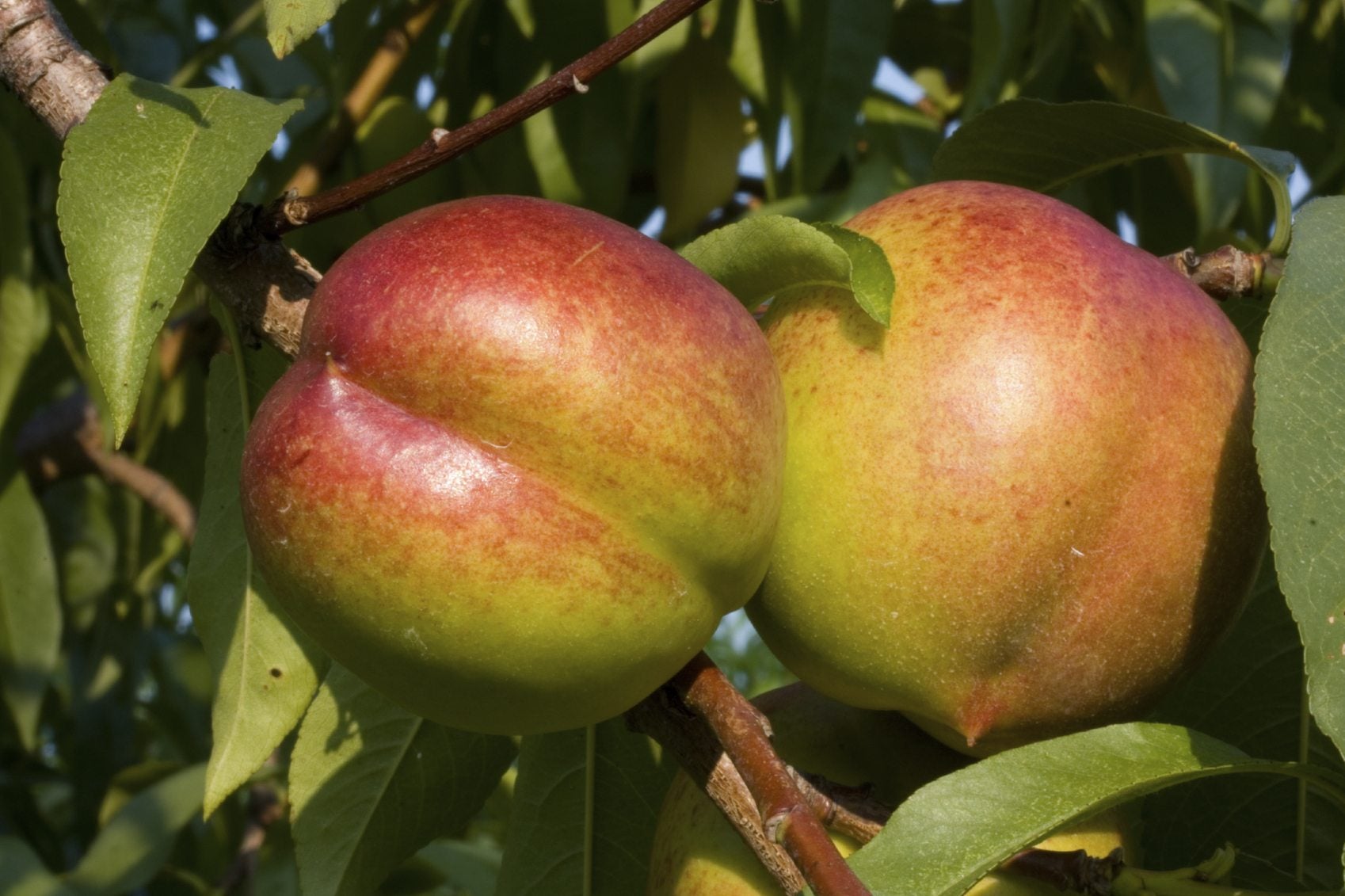
I’m a picky fruit eater; if it isn’t just so, I won’t eat it. Nectarines happen to be one of my favorite fruits, but it can be hard to tell the exact perfect time to pick them. When is the best time to pick a nectarine and how to harvest nectarines? Let’s find out.
Nectarine Harvest Season
Knowing exactly when to pick a nectarine isn’t as simple as looking at the calendar. Nectarine harvest season runs anywhere from midsummer to mid-autumn, depending upon the cultivar and USDA growing zone. So what are some of the characteristics of ripeness that will indicate it is time for nectarine tree harvesting?
How to Harvest Nectarines
Nectarines can be picked when they are close to being ripe and then ripened indoors in a brown paper bag or on the counter. That said, there is no comparison to picking a nectarine, perfectly ripe, still warm from the sun and immediately sinking your teeth into it. Unlike apples and pears, nectarines' sugar content does not improve once they are picked, so you get but one chance and you want the fruit to be perfectly ripe for optimal flavor. But how do you tell if it’s time for nectarine tree harvesting? Well, some of it is trial and error. There are certain things like color, heft, firmness and aroma that are good indicators of ripeness. Look for fruit that is still firm but with a slight give. The background color of the fruit should be yellow with blushes of red mottling the peel, no traces of green should be visible. White-fleshed nectarines will have a background color of white. The fruit should be filled out and look to be full sized. The heady tell-tale ambrosial aroma of ripe nectarine should be evident. Finally, the fruit should slip easily from the tree. What does that mean? You should be able to lightly grasp the fruit and with the gentlest of twists release the fruit from the tree. If the tree doesn’t want to let go easily, it is telling you to hold your horses. It may take a little practice, but soon you will be an old hand at picking nectarines. If all else fails, you can always try the taste test. Bite into a nectarine that you think is ripe. If the fruit is sweet, you have met with success. If not, then it wasn’t quite ready yet.
Sign up for the Gardening Know How newsletter today and receive a free copy of our e-book "How to Grow Delicious Tomatoes".

Amy Grant has been gardening for 30 years and writing for 15. A professional chef and caterer, Amy's area of expertise is culinary gardening.
